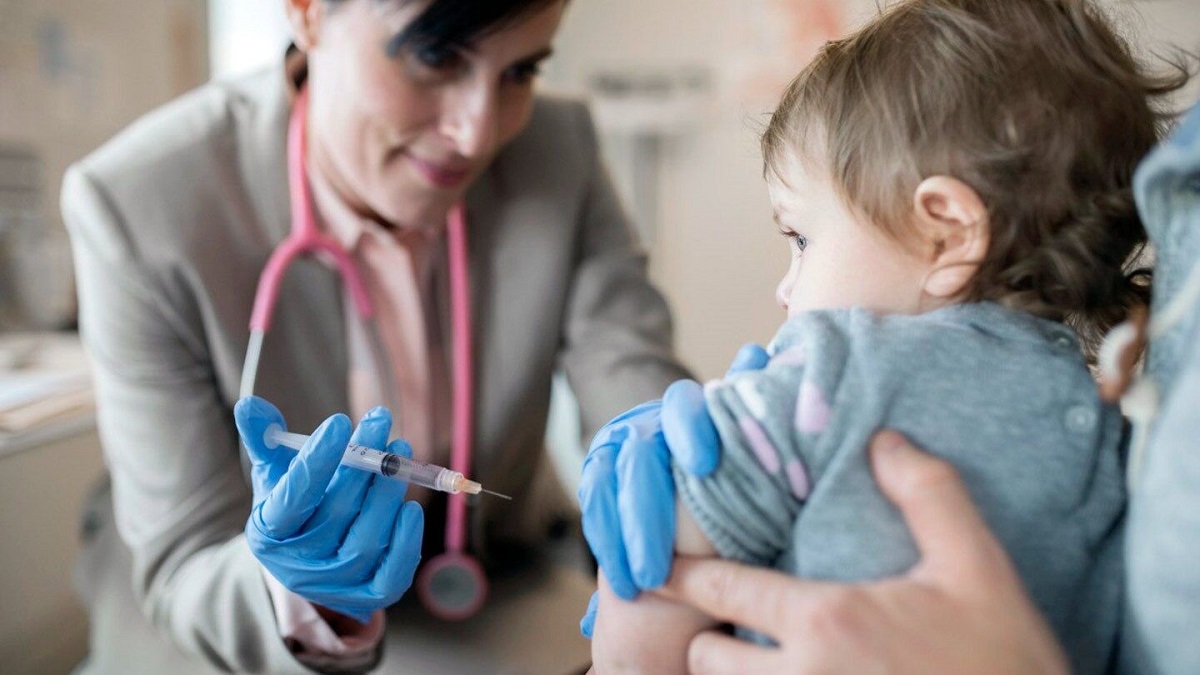
Baby Health and Safety: Essential Tips for Parents
As a new parent, your baby’s health and safety are paramount concerns. From the moment they come into the world, you’re tasked with ensuring they grow and thrive in a secure environment. This responsibility can feel daunting, but with the right knowledge and preparation, you can provide the best care for your little one. In this guide, we’ll explore essential tips for baby health and safety, covering everything from vaccinations to creating a safe sleep environment and babyproofing your home. Let’s dive in and empower you with the knowledge you need to keep your baby healthy and safe.
- Vaccination Schedule : Vaccinations are a crucial aspect of protecting your baby from preventable diseases. Following the recommended vaccination schedule is vital for building their immunity and safeguarding their health. Your pediatrician will provide you with a vaccination schedule tailored to your baby’s needs, outlining when each vaccine should be administered. It’s essential to adhere to this schedule and ensure your baby receives all the necessary vaccinations on time.
Vaccines protect against a range of diseases, including measles, mumps, rubella, whooping cough, and influenza. They not only protect your baby but also contribute to community immunity, preventing the spread of infectious diseases. If you have any concerns or questions about vaccines, don’t hesitate to discuss them with your pediatrician. They can provide you with accurate information and address any worries you may have, helping you make informed decisions about your baby’s health.
- Safe Sleep Practices : Creating a safe sleep environment is crucial for reducing the risk of Sudden Infant Death Syndrome (SIDS) and promoting healthy sleep habits for your baby. Follow these guidelines to ensure your baby sleeps safely:
- Always place your baby on their back to sleep, both for naps and at night.
- Use a firm mattress with a fitted sheet and avoid soft bedding, pillows, and stuffed animals in the crib.
- Keep the crib in your room for the first six to twelve months to facilitate nighttime feedings and monitoring.
- Avoid overheating your baby by dressing them in light sleep clothing and keeping the room temperature comfortable.
- Offer a pacifier at naptime and bedtime, as it has been shown to reduce the risk of SIDS.
- Breastfeed your baby, if possible, as breastfeeding has been associated with a lower risk of SIDS.
By following these safe sleep practices, you can create a secure sleep environment for your baby and promote healthy sleep habits from the start.
- Babyproofing Your Home: As your baby grows and becomes more mobile, it’s essential to babyproof your home to prevent accidents and injuries. Start by identifying potential hazards and taking steps to mitigate them:
- Install safety gates at the top and bottom of stairs to prevent falls.
- Cover electrical outlets with safety plugs or outlet covers.
- Secure heavy furniture, such as bookcases and dressers, to the wall to prevent tipping.
- Use safety locks on cabinets and drawers to keep hazardous items out of reach.
- Keep small objects, choking hazards, and toxic substances out of reach.
- Install window guards or window stops to prevent falls from open windows.
- Use cordless window coverings to prevent strangulation hazards.
Regularly inspect your home for potential hazards and make any necessary adjustments to keep your baby safe as they explore their environment.
- Recognizing Signs of Illness : Being able to recognize signs of illness in your baby is essential for ensuring prompt medical attention and treatment. Watch for the following symptoms:
- Fever: A rectal temperature of 100.4°F (38°C) or higher may indicate a fever in infants under three months old.
- Difficulty breathing: Rapid or labored breathing, wheezing, or grunting sounds may indicate respiratory distress.
- Poor feeding: Refusal to eat, difficulty latching, or decreased urine output may indicate dehydration or illness.
- Excessive crying: Prolonged or inconsolable crying may indicate pain or discomfort.
- Vomiting or diarrhea: Frequent vomiting or diarrhea may lead to dehydration and require medical attention.
- Rash: A rash accompanied by other symptoms such as fever or lethargy may indicate a more serious illness.
Trust your instincts as a parent and seek medical advice if you notice any concerning symptoms or changes in your baby’s behavior.
- Car Seat Safety : Properly installing and using a car seat is essential for protecting your baby while traveling in a vehicle. Choose a car seat that is appropriate for your baby’s age, weight, and height, and ensure it is installed correctly according to the manufacturer’s instructions and your vehicle’s manual. Here are some additional tips for car seat safety:
- Use a rear-facing car seat for infants and toddlers until they reach the maximum weight or height limit specified by the manufacturer.
- Position the car seat in the back seat of the vehicle, away from active airbags.
- Ensure the harness straps are snug and positioned at or below your baby’s shoulders.
- Avoid bulky clothing or blankets under the harness straps, as they can interfere with the harness’s effectiveness in a crash.
- Regularly check the car seat for signs of wear or damage and replace it if necessary.
By following these car seat safety guidelines, you can protect your baby from injury while traveling in a vehicle.
By following these essential tips for baby health and safety, you can create a nurturing and secure environment for your little one to thrive. Stay informed, stay vigilant, and prioritize your baby’s well-being every step of the way. Parenthood is a journey filled with love, joy, and responsibility, and by taking proactive steps to safeguard your baby’s health and safety, you’re setting them up for a happy and healthy future.













